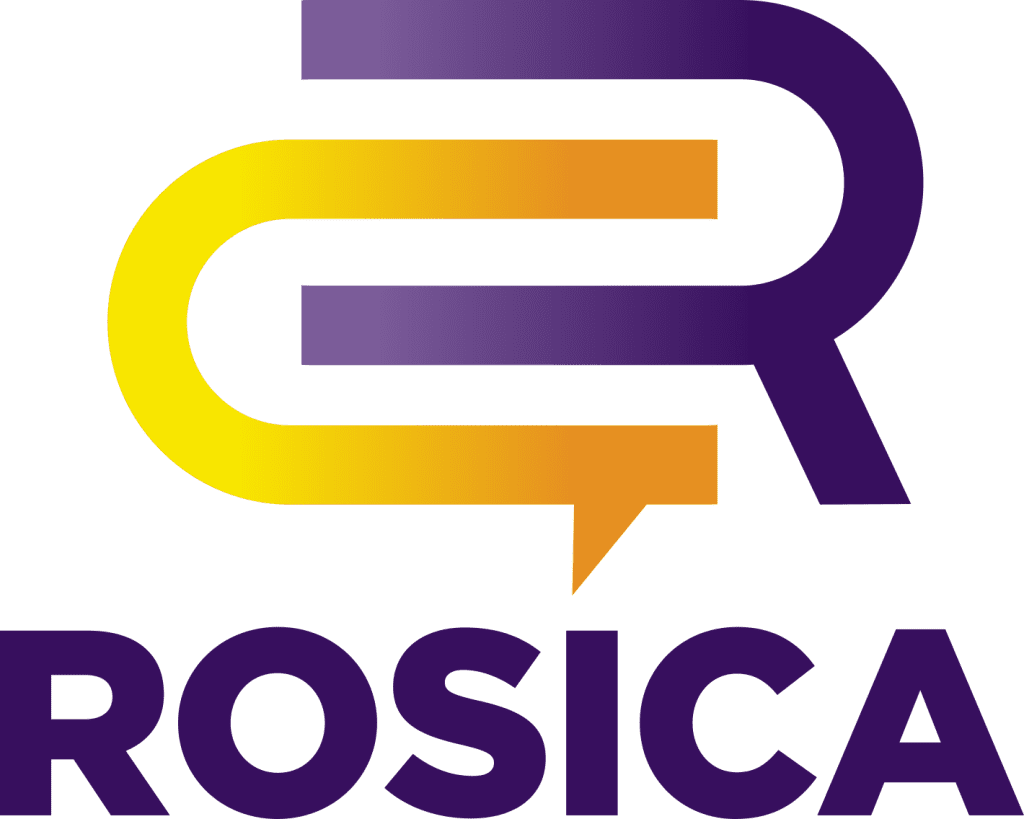In early 2015, our agency began focusing on thought leadership—which we view as the value-added evolution of PR. Thought leadership as a service is here to stay and we’re grateful for its enduring appeal because it fosters an integrated marketing communications and public relations methodology.
There’s more to thought leadership than just earned media or media relations. It’s a multifaceted, integrated, programmatic approach that also includes social media marketing, creating and disseminating quality content, speaking engagements, conference and tradeshow marketing, data collection and promotion, search engine optimization, and more.
Through the years, and particularly in recent months, we’ve been asked on numerous occasions whether thought leadership is primarily for people—or also for organizations (nonprofits, for-profits, NGOs, schools, and other institutions). Thus, the impetus for writing this article.
The simple answer is both and they’re synergistic.
Building Executives’ Thought Leadership
Building your executives’ thought leadership can improve your organization’s authority in your industry, positioning it as a proven, trusted leader. People lend credibility, visibility, and accountability to thought leadership. When executives share their expertise through interviews, speaking engagements, articles, and social media, they boost their organization’s believability, authoritativeness, and influence. This can attract new donors, clients, partners, and top talent, fostering growth and opportunity. Executives, including subject matter experts, who become known as thought leaders can steer the organizational narrative, ensuring the company achieves its strategic imperatives, goals, and objectives.
There are potential downsides to consider. Relying heavily on a few individuals can create the perception that the organization’s success is tied solely to those professionals, posing a risk if they leave. There is also the potential for inconsistency if executives present conflicting viewpoints.
Thus, nurturing executive thought leadership and training them on key messages is essential. It also requires prioritizing themes and topics and developing a strategic content calendar. This ensures the organization remains relevant in our rapidly changing world.
How People Build Organizational Thought Leadership
People relate to people, which means that key opinion leaders (KOLs) or individual thought leaders and their messaging should deeply resonate with key stakeholders.
When their insights are widely shared, positioning them as go-to experts in their fields, the organization can grow its stature and influence. This visibility benefits the individual’s career trajectory while successfully bringing attention to the innovations and solutions their company provides.
As executives and other KOLs are sought after for their opinions, the organization is often invited to exclusive events, and asked to contribute to prestigious publications. The group becomes synonymous with authority and expertise, leading to numerous professional opportunities, from book deals to valuable partnership opportunities. This level of recognition underscores the importance of personal branding in establishing organizational thought leadership.
However, the reliance on individualism can also lead to time constraints, which means depth of talent is important here, particularly with speaking engagements, social media, content development, media relations, and other thought leadership producing activities.
Concluding Thoughts
Thought leadership requires a commitment from individuals and organizations alike. It’s a community approach.
When organizations share insights through their people—identifying proven solutions and demonstrating their expertise—it establishes credibility and influences stakeholders that matter most.
High-quality content and active social media engagement, particularly on LinkedIn, are prerequisites for thought leadership. These build trust and mark your organization as the source of material information.
The effectiveness of thought leadership lies in its ability to differentiate organizations from competitors, resulting in stronger customer, donor, and partner relationships, and helping attract top talent.
Maintaining thought leadership demands significant time and resources for continuous content creation and active industry involvement.
Despite this charge, the benefits of enriched brand reputation and influence significantly outweigh the alternative.

